Search Articles
Browse Content (p. 138)
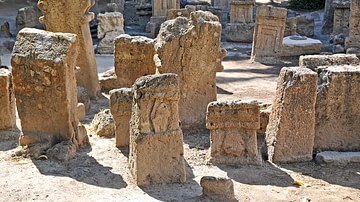
Article
Genocide in the Ancient World
Genocide is often viewed as a particular feature of our own current age. This perception largely stems from the terrible events which took place during World War Two in the 20th century CE in the parts of Europe occupied by the Nazis. However...
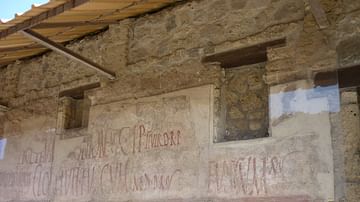
Article
Pompeii: Graffiti, Signs & Electoral Notices
WARNING: This article contains sexually explicit language that might not be appropriate for children or teenagers. The Roman town of Pompeii was preserved in metres of volcanic material following the cataclysmic eruption of Mt. Vesuvius...

Article
Cats in the Ancient World
Cats and humans have shared in each other's lives for thousands of years and, even though they have not always been regarded as highly as in the present, have played an important role in a number of cultures. Always enigmatic, the cat has...
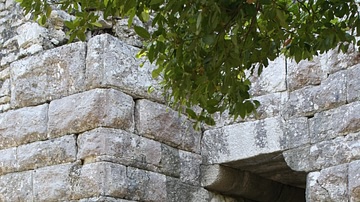
Article
Prodigies: Earthquake Perception from Julius to L'Aquila
The beauty of being an archaeologist is having the good fortune to find something on an archaeological dig that remains in a relatively good state of preservation. In various degrees, there are those who study how nature can actually help...
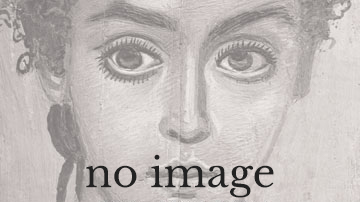
Article
A Source Critical Analysis of the New Testament Parable of the Mustard Seed.
This article is a source-critical Analysis of Mark 4:30-32, Luke 13:18-19, Matt. 13:31b-32 and G.Thom. 20:1-2, otherwise know as the parable of the Mustard Seed. On first comparison we see that all three synoptic texts agree on the essence...
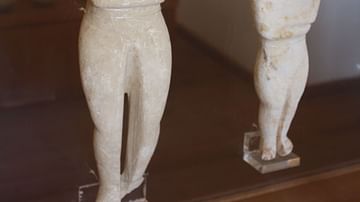
Article
Cycladic Sculpture
The Cycladic islands of the Aegean were first inhabited by voyagers from Asia Minor around 3000 BCE and a certain prosperity was achieved thanks to the wealth of natural resources on the islands such as gold, silver, copper, obsidian and...
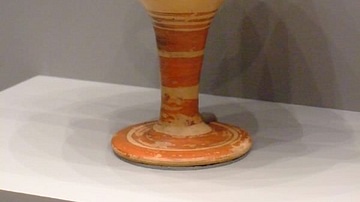
Article
Mycenaean Pottery
The pottery of the Mycenaean civilization (1550-1050 BCE), although heavily influenced by the earlier Minoans based on Crete, nevertheless, added new pottery shapes to the existing range and achieved its own distinctive decorative style which...
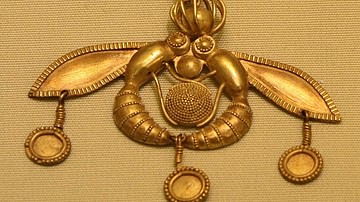
Article
Minoan Jewellery
The jewellery of the Minoan civilization based on Bronze Age Crete demonstrates, as with other Minoan visual art forms, not only a sophisticated technological knowledge (in this case of metalwork) and an ingenuity of design but also a joy...
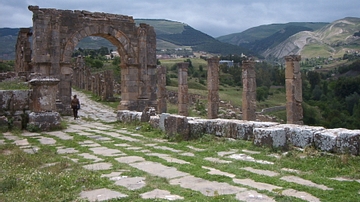
Article
The Heritage of Cuicul
There are few places on earth where we can say that these stones, on which we are standing, are the same stones where feet rested centuries before. These places are important. We walk in the Roman Forum, we explore the ruins of the Flavian...
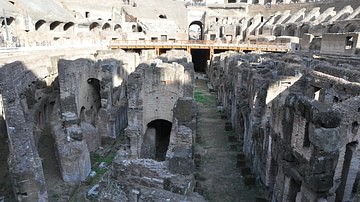
Article
Underground Rome
Underground archaeology is a niche topic and is highly specialized. We're talking about simple structures underground, such as those of Roman North Africa (able to withstand the heat), or we can get as extreme, in a mostly urban context...